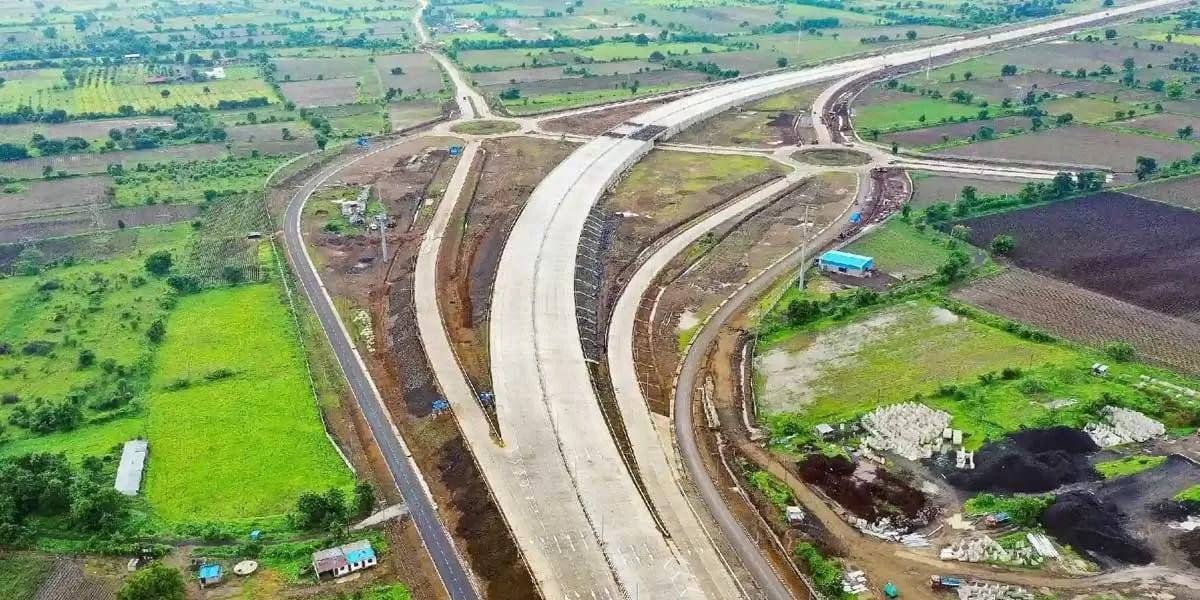Recent prominent reports suggest that construction and demolition (C&D) waste generation in India alone reached around 150 million tonnes in 2023, and that number is expected to continue to grow by over 50% by 2030. The construction industry generates nearly 30% of generation of the solid waste globally, with a significant contribution to landfill pressure, greenhouse gases emissions, and depletion of materials. With city expansion and infrastructure pressures on the increase, the opportunity to adopt sustainable construction methods becomes even more pressing.
This is why recyclable building materials like Aluminium Composite Panels (ACPs) are also emerging as important elements, not just from an aesthetic or structural point of view, but as participants in the development of a circular architecture—an architectural philosophy that focuses on waste minimization and material reuse.
What is Circular Architecture?
In essence, circular architecture promotes building regenerative projects where resources are not wasted, but are valuable inputs into future construction projects. This type of thinking is a shift away from the archaic "take, make, and dispose of" linear model and towards materials with the potential for reuse, repurposing, or reconditioning or recycling. Circular architecture focuses upon longevity, flexibility, and performance with the aim of having less impact on the environment.
Additionally, ACPs have a unique plasticity and recyclability that fits well into the philosophy of circular architecture whose longevity and less impact on the environment provides both environmental and economic advantage.
What Makes ACP Sheets Recyclable?
Aluminium Composite Panels are made up of two thin layers of aluminium attached to a solid core that is made of low-density polyethylene (LDPE) or a fire-retardant mineral material. This layered construction was purposefully engineered for durability and aesthetics; however, together the materials of an ACP are designed to make for easy recycling at the end of a panel's life. When removed from facades or interior spaces through renovation or demolition, ACPs can be disassembled using a separation process. The aluminium layers can then be collected, melted together, and reused infinitely in a variety of architectural, automotive, or industrial applications. The core material can be reused for recycling into new ACPs or used within other industries.
This recycling loop will substantially reduce the requirement for virgin aluminium and polymers, and also reduce mining and energy consumption, while significantly lowering carbon emissions. Recycling and being re-integrated into production, whether for metals or polymers, is a significant step toward circularity in the built environment.
ACP Recycling in Action
Several companies in India are stepping up to pave the way for incorporating circular principles into the ACP business. These firms are promoting recyclable panels, as well as partnering with the contractors and fabricators to foster end-of-life recycling. This is leading to the creation of a supply chain that supports the 'resource recovery' portion of end of life recycling instead of spectacle waste. One of the most attractive features of recycling ACPs is the cost avoidance with respect to energy. Aluminium recycling requires up to 95% less energy than using raw bauxite. Given that aluminium is over 60% of an ACP sheet, energy and money and greenhouse gas emission savings are tremendous. Not to mention the reuse of LDPE and other core materials reduces the tonnes of non-biodegradable waste sent to landfills every year.
ACPs and Green Building Certifications
The use of recyclable ACP directly relates to green building scores in the green building deputy benchmarks such as LEED, IGBC and GRIHA. These sustainability certificates will reward projects that have high recycled content, low VOC emissions, and the lowest lifecycle impacts. ACPs provide multiple ways to achieve certification points, from material reuse to energy efficiency, allowing contractors to improve sustainability credentials and discover the total environmental footprint of the project.
The Future: Innovation & Consciousness
On the subject of maximizing the opportunity of recyclable ACPs to support sustainable building, innovation and consciousness must be considered together. Technological change is facilitating the faster, cleaner separation of the layers of ACPs, which in turn will improve yield and purity during the recycling process. In addition to the mechanical processing improvements, we are beginning to see more developers and manufacturers construct ACP panels with fireproof-rated and environmentally-responsible materials, creating a safer and more environmentally-responsible core for ACP panels.
In order to develop a greater consciousness surrounding the life-cycle value of ACPs, we need to engage with architects, developers, and contractors in a whole new set of values. Value must be placed at the planning stage, not only on the form and function of a building's materials, but also their eventual life and transition. Beyond designers, the most effective outcomes could come from policy that provides imitative and incentive structures. Examples could include rebates on ACP products, or government-assisted recycling programs.
In the timeframe of rapid growth in the construction industry and overwhelming environmental reckoning in India and globally, a product that supports sustainability like a recyclable ACP can make the change tangible and scalable. There is a realized opportunity for waste to become an opportunity for use, and consumption to become circular with the help of ACPs. Recyclable ACPs are not only influencing architecture - they are redefining sustainability in the built environment. Recyclable ACPs are located within the convergence point of new design, performance, and obligation to climate--and are paving the way for dematerialized buildings that understand they must responsibly prioritize the environment through evolution over time.
Authored By:

Rajesh Shah, Chairman and Managing Director of Euro Panel Products Limited (Eurobond ACP). He brings over 35 years of business experience to his role. Having served on the board for more than a decade, Shah is responsible for the company’s management, finance, and strategic direction. His leadership ensures operational efficiency, sound financial practices, and effective strategy formulation, significantly contributing to Eurobond ACP’s position as a leading manufacturer of Aluminium Composite Panels (ACP). Under his guidance, the company continues to thrive and innovate in the building materials sector.









.png)